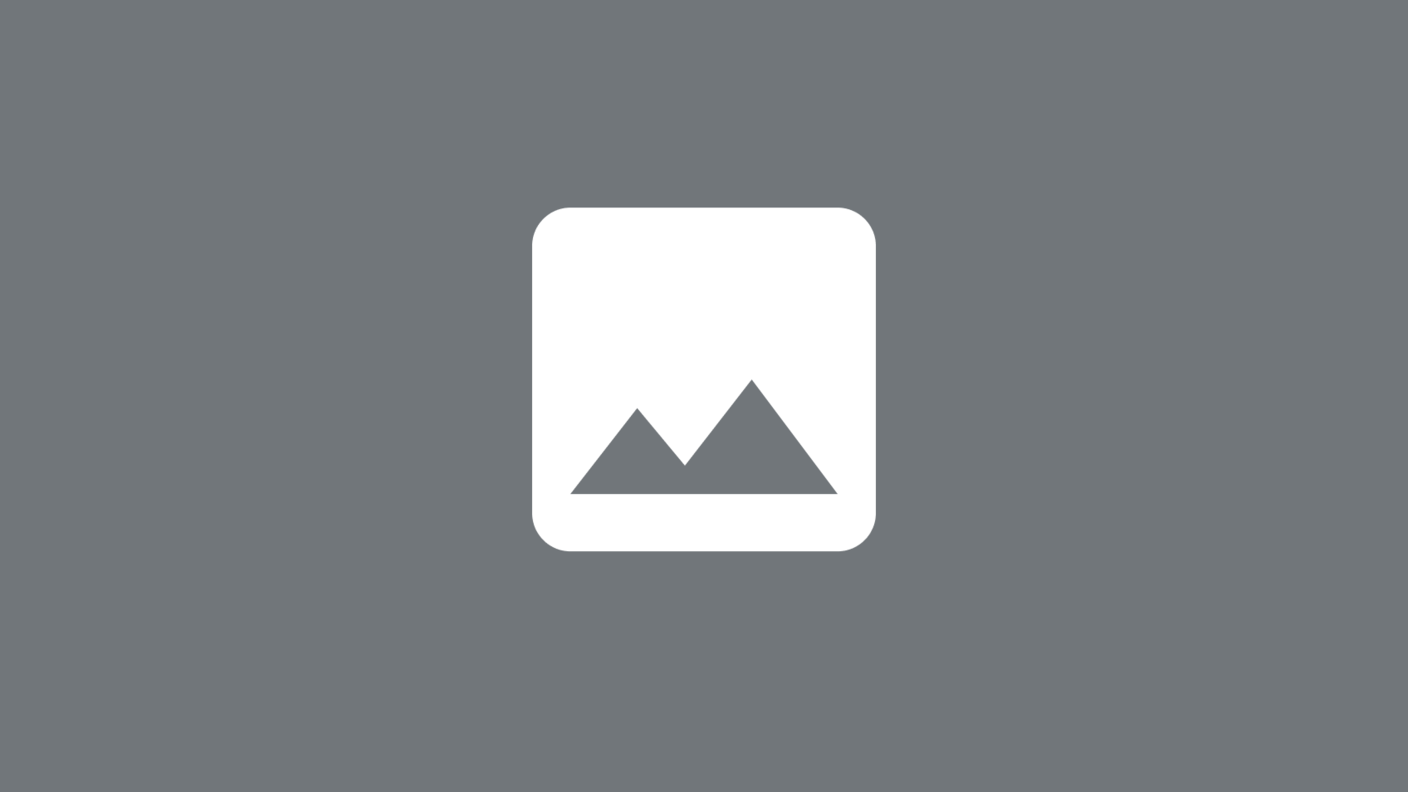Advancing RASopathies Research: A Conversation with Drs. Gina Ney and Douglas Stewart
, by Justine E. Yu, Ph.D.
Investigators in the Clinical Genetics Branch (CGB), conduct transdisciplinary clinical studies to understand the causes of cancer in families and populations at high genetic risk of cancer and translate the findings to improve prevention, screening, and management. Among the numerous etiologic studies led by CGB is the newly launched RASopathies Study.
In this interview, the lead investigators of the RASopathies study, Douglas Stewart, M.D., senior investigator, and Gina Ney, M.D., Ph.D., staff clinician in CGB, discuss the goals of the study and reflect upon its inaugural year.
What is a RASopathy?
Dr. Stewart: RASopathies are a group of syndromes that can affect multiple organ systems and are caused by changes in genes in the RAS/mitogen-activated protein kinase (Ras/MAPK) pathway, a key regulator of cell growth and control. Common features of patients with RASopathies include heart defects, skin, bone, eye, and muscle problems, short stature, cognitive disabilities, and increased risk of cancer. Genetic changes associated with most RASopathy syndromes are often sporadic and affect both children and adults.
How did the RASopathies Study come about
Dr. Stewart: My major research focus has been on characterizing familial cancer syndromes and developing new approaches to reduce the risk of cancer in families with these syndromes. The RASopathies Study is a cross-collaborative investigation between basic, clinical, and translational researchers in DCEG and the Center for Cancer Research (CCR) and modeled after a set of natural history studies that CGB has run over the last two decades.
Examining these rare disorders through a clinical, molecular, and epidemiological lens as well as collaborating with investigators in CCR is exciting. I feel like a ‘kid in a candy store’ utilizing all the resources of the NCI and working with leading experts in RAS biology and oncology to hopefully make a difference for our patients and inform clinical care.
Dr. Ney: Over the last five to ten years, we’ve learned that RAS is not only important for adult cancers but pediatric cancers as well. For example, children with germline variants in specific RAS genes often have different outcomes than those with a somatic mutation in the same gene. We’re interested in learning about these cancers, if we can predict who is at higher risk of cancer development, and why patients [with different types of RAS variants] have different outcomes. Additionally, the rarity of the disease has made studying RASopathies challenging, and NCI is well-positioned to study these rare entities to make meaningful advancements for individuals with RASopathies.
What do you hope to accomplish with the RASopathies Study?
Dr. Ney: We want to learn more about the development of tumors in patients with RASopathies, and develop effective therapies and prevention strategies. Our key goals are to 1) measure the risk of cancer in patients with RASopathies, 2) characterize the phenotype of each syndrome, 3) develop and refine clinical care guidelines, 4) develop clinical trials to improve the quality of care for patients with RASopathies.
Improving the quality of care for these patients is really what fuels our interest and validates what we’re doing. The RAS pathway plays an important role in many adult cancers; more than 30 percent of all human cancers are driven by a mutation in a RAS family gene. This major scientific interest and clinical need has led to significant advancements in the field of RAS biology and RAS-driven cancers, and resulted in numerous therapeutic interventions such as RAS inhibitors. Most of these therapies have not been studied in patients with RASopathies, so there is a unique opportunity to exploit existing RAS-targeted therapies and apply them to RASopathies.
What are the challenges of studying RASopathies?
Dr. Ney: One of the challenges we see with all studies involving rare disorders is recruitment—reaching the patients and families, many of whom are dealing with substantial medical issues, and asking them to take time to join our study, is a big ask. Despite the pandemic, we’ve had a good uptake the past year, and we’re looking forward to the shared successes of the study.
Dr. Stewart: Another challenge with developing clinical trials for RASopathies is the lack of clinical outcome measures. Many of these syndromes have yet to be formally studied, and we have a lot to learn. One of the major aims of our study is to develop meaningful outcome measures that can be used to inform clinical trial design within a treatment trial.
What are you most proud of from the last year about the RASopathies Study?
Dr. Ney: We’re celebrating our first anniversary of recruitment! This is the first study in the CGB to use a secure, online electronic enrollment process. To date, over 60 people have completed the eligibility screener, and 30 have agreed to participate in the study. We also welcomed our first participant to the NCI Clinical Center for an in-person evaluation in May 2022.
In addition, we’ve been collaborating with intramural and extramural colleagues to promote the study. In January 2022, we sent out 144 mailings to local physicians to share information about the study. We’ve been working closely with the patient advocacy group RASopathies Network and presented our study goals at their annual meeting.
Dr. Stewart: None of this would be possible without the individual contributions of our multidisciplinary team composed of geneticists, oncologists, genetic counselors, staff clinicians, and staff scientists, who are passionate about improving outcomes of patients with rare diseases. We meet every Thursday to discuss logistics, celebrate successes, and resolve challenges together.
The study team includes the following:
Principal Investigator;
Lead Associate Investigators
Andrea M. Gross, M.D.
Marielle E. Yohe, M.D., Ph.D.
Lead Medical Advisors
Sharon A. Savage, M.D., Chief of CGB
Brigitte C. Widemann, M.D., Chief of POB
Clinical Team
Margarita Aryavand, M.S.N., C.F.N.P.
Genetics and Bioinformatics Physicians and Scientists
Esteban Astiazaran Symonds, M.D.
Alexander Pemov, Ph.D.
Study Manager
Cecilia Higgs, M.H.S.
Study Support
Laura A. Harney, R.N., B.S.N.
Stephanie Steinbart, R.N., M.P.H.



